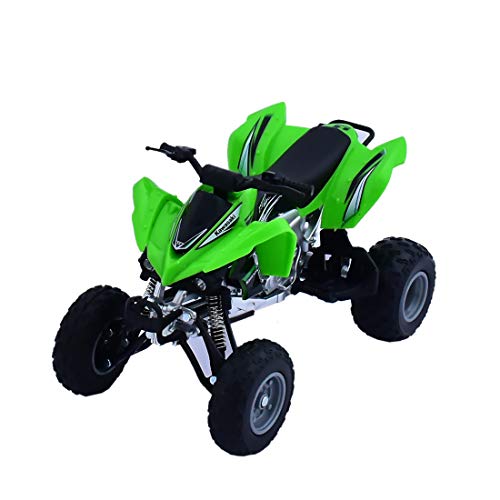No products in the cart.
Fishing Tips
The Art and Science of Ice Fishing: An In-Depth Guide
The Art and Science of Ice Fishing: An In-Depth Guide

Ice fishing, a unique blend of endurance, skill, and environmental understanding, transcends being merely a winter pastime. It offers a captivating window into a world where nature’s elements and human ingenuity converge. This comprehensive guide delves into the intricacies of ice fishing, exploring its methods, equipment, ecological impacts, and cultural significance.
Unraveling the Essence of Ice Fishing
At its core, ice fishing involves catching fish through an opening in ice on a frozen body of water. This ancient practice, believed to have roots in indigenous communities, has evolved into a sophisticated sport, balancing survival skills with modern technological advancements.
Equipment: Tools of the Trade
The equipment for ice fishing marks a fusion of traditional and contemporary gear. Essential items include:
- Augers: These devices, manual or powered, bore through ice, creating fishing holes. Precision in their design allows anglers to cut through thick ice with minimal effort.
- Shelters: Portable huts or tents offer respite from harsh weather conditions, making the experience more comfortable and safe.
- Rods and Tackle: Specialized ice fishing rods, shorter and more sensitive than their conventional counterparts, pair with a variety of lures and baits designed to entice fish in cold, often murky waters.
- Electronics: Fish finders and GPS devices assist anglers in locating fish-rich zones under the ice, demonstrating the sport’s technological evolution.
Techniques: Strategies Under the Ice
Ice fishing techniques vary widely, influenced by the target species, environment, and personal preferences of the angler. Common methods include:
- Jigging: This involves moving the lure or bait in a vertical motion to mimic the movement of prey, attracting fish.
- Tip-ups: These devices signal when a fish takes the bait, allowing anglers to fish multiple holes simultaneously.
- Spearfishing: An ancient method where anglers use spears to catch fish after attracting them to the hole, often using decoys.
Ecological Considerations: Harmony with Nature
Sustainability remains a key concern in ice fishing. Practices like catch and release, adherence to fishing regulations, and choosing eco-friendly equipment help maintain aquatic ecosystems’ health. Moreover, understanding the delicate balance of these ecosystems encourages responsible fishing practices.
The Role of Weather and Climate
Weather and climate significantly influence ice fishing. Adequate ice thickness, a crucial safety factor, depends on consistent cold temperatures. Climate change poses challenges, with warmer winters threatening traditional ice fishing practices and the species that thrive in these conditions.
Ice Safety: A Paramount Concern
Safety on the ice cannot be overstressed. Guidelines include:
- Verifying ice thickness regularly.
- Avoiding areas with currents or springs that can weaken the ice.
- Equipping oneself with safety gear like ice picks and life vests.
Cultural and Social Aspects
Ice fishing holds deep cultural significance in regions where it’s been practiced for generations. It forms part of the social fabric, fostering community bonding and passing down traditional knowledge.
Tournaments and Social Gatherings
Ice fishing tournaments and social gatherings are popular, bringing together enthusiasts from diverse backgrounds. These events not only celebrate the sport but also contribute to local economies.
Ice Fishing as a Meditative Escape
Many anglers find ice fishing to be a meditative experience, offering solitude and a chance to connect with nature. The quiet, interspersed with moments of exhilaration, provides a unique form of relaxation and introspection.



